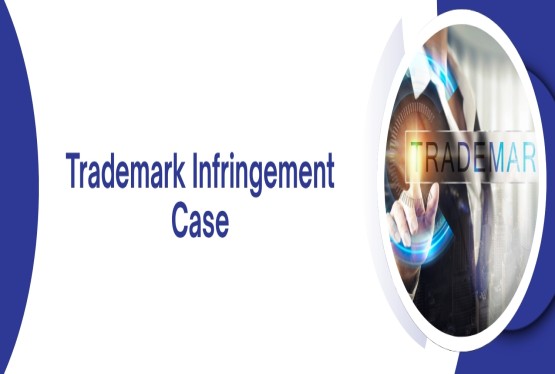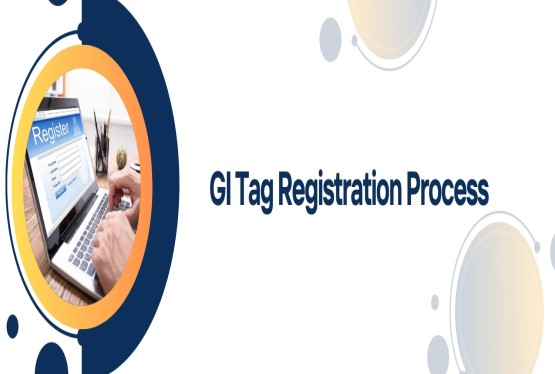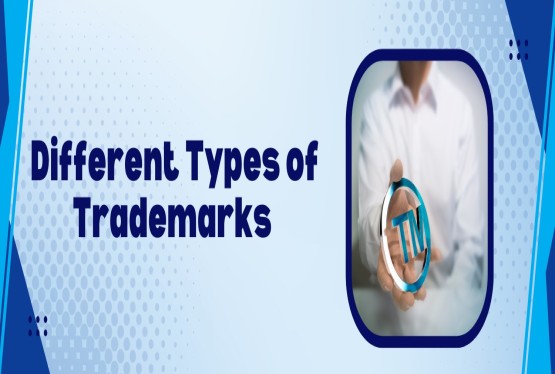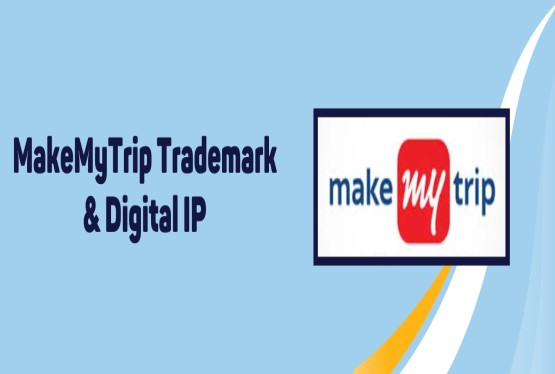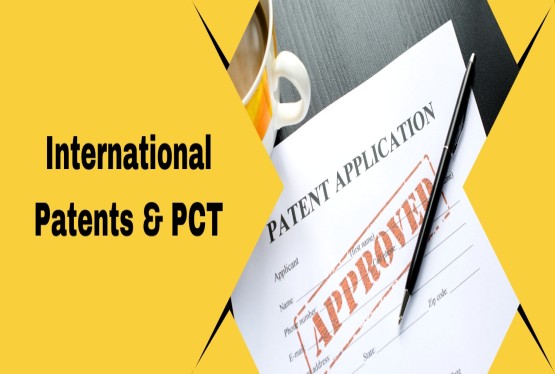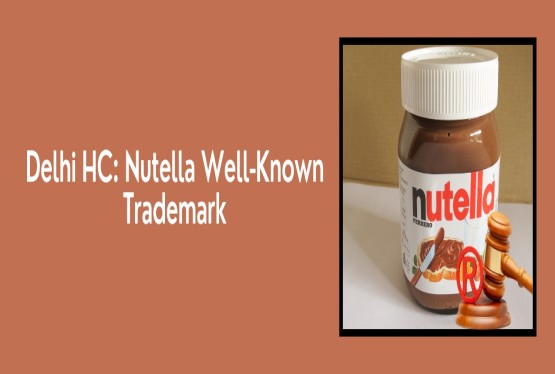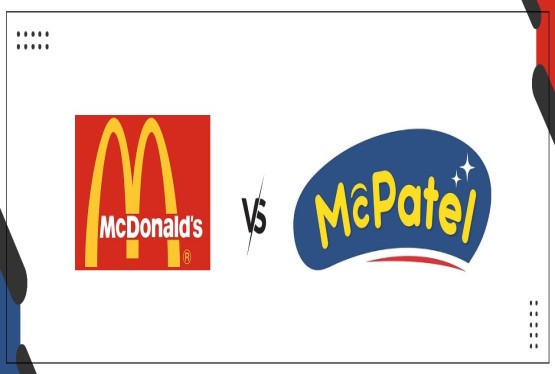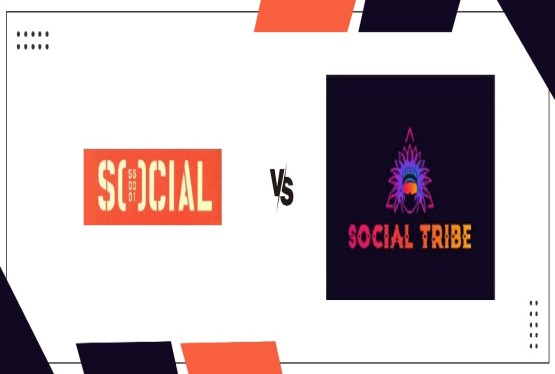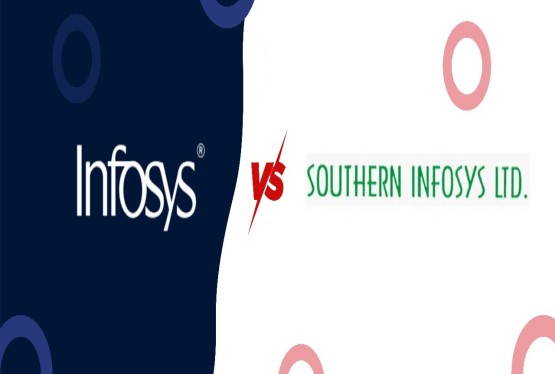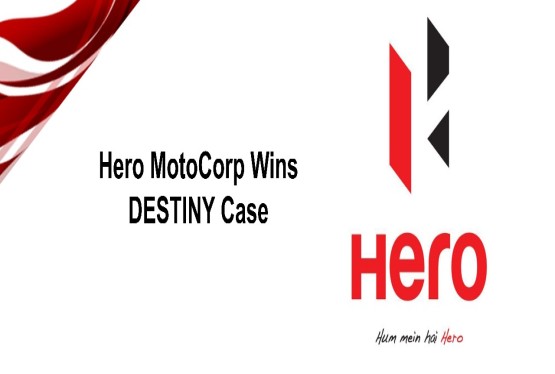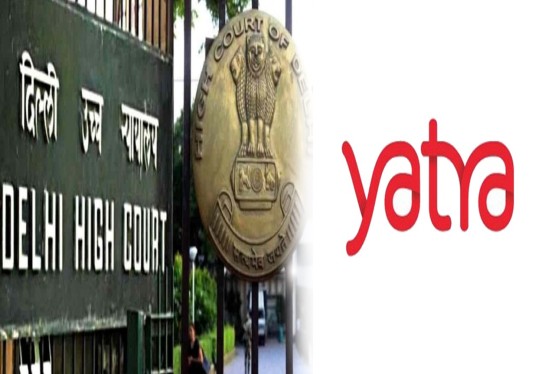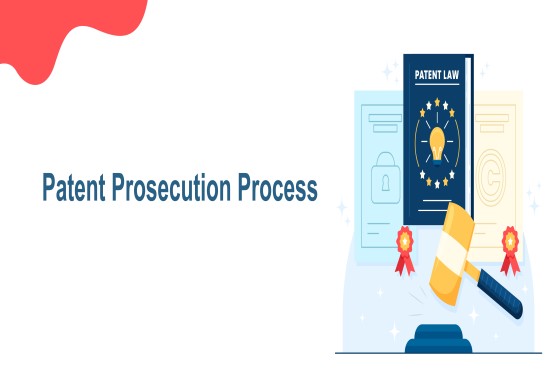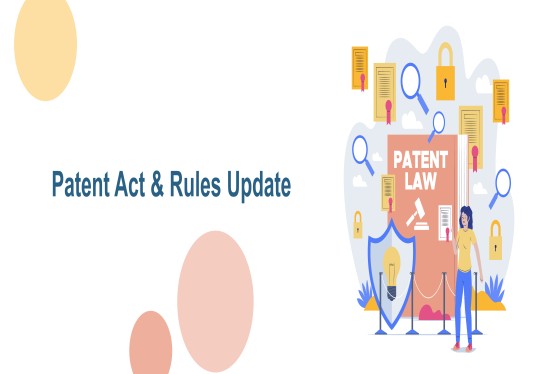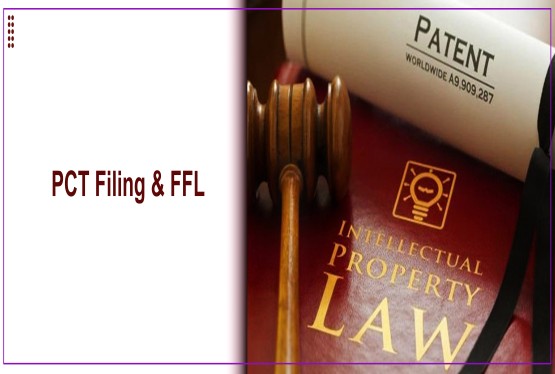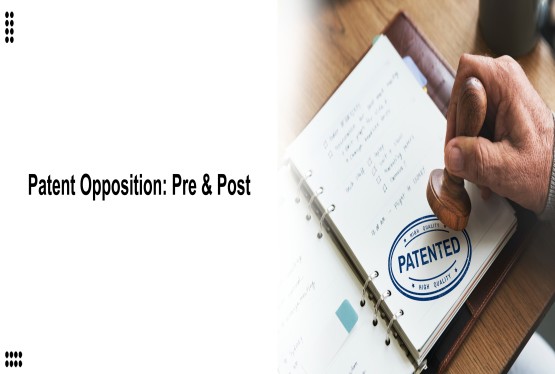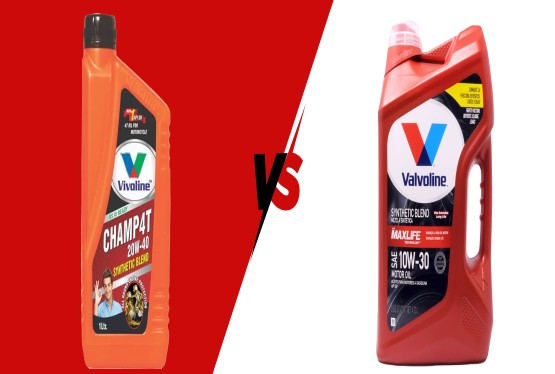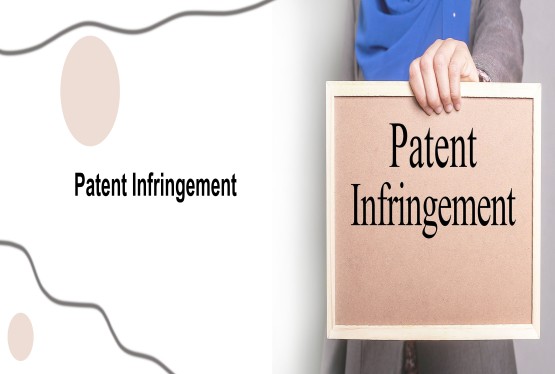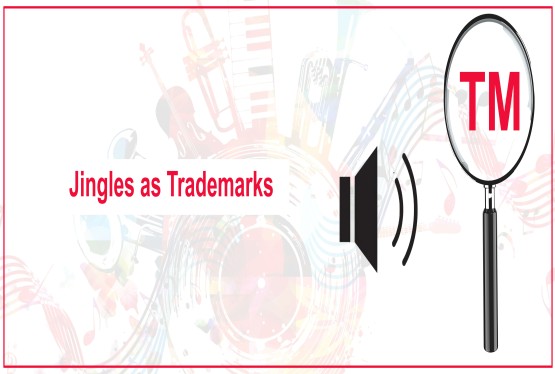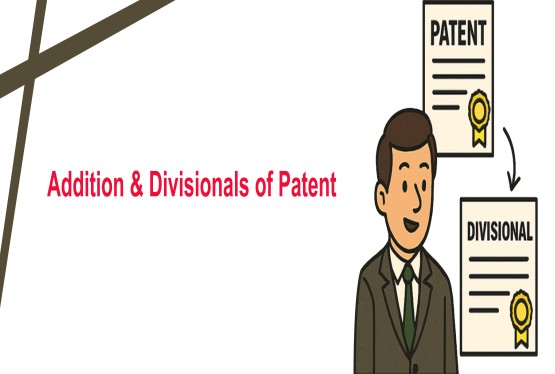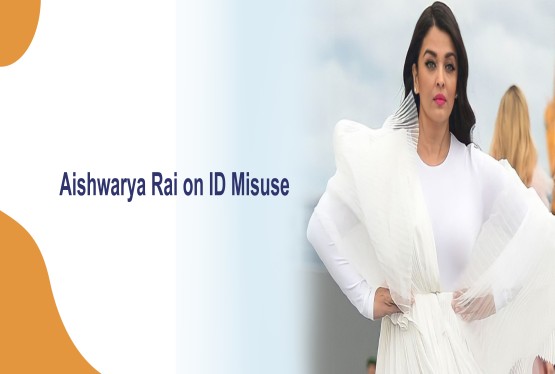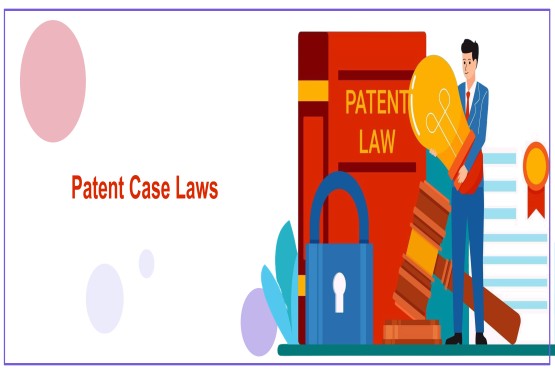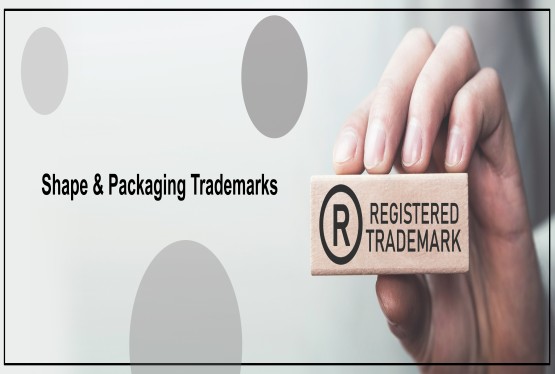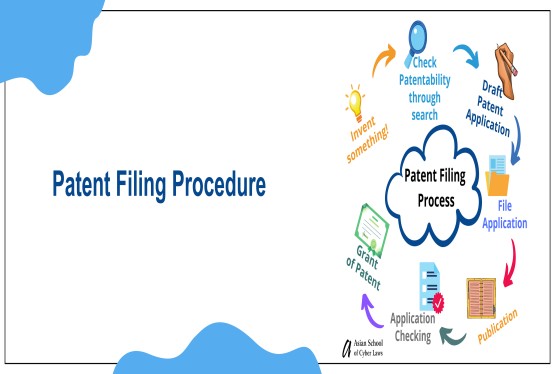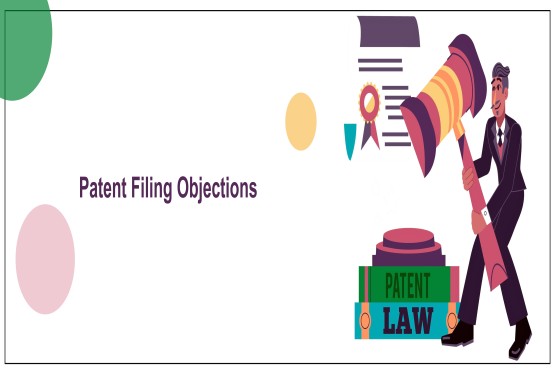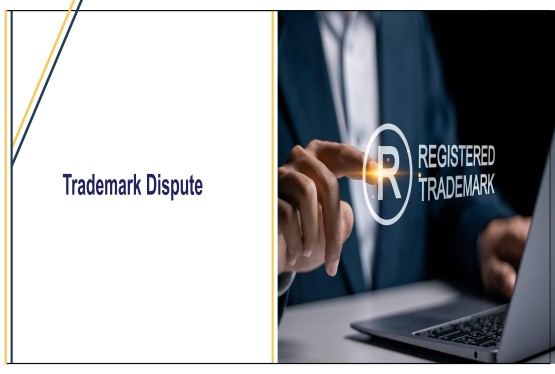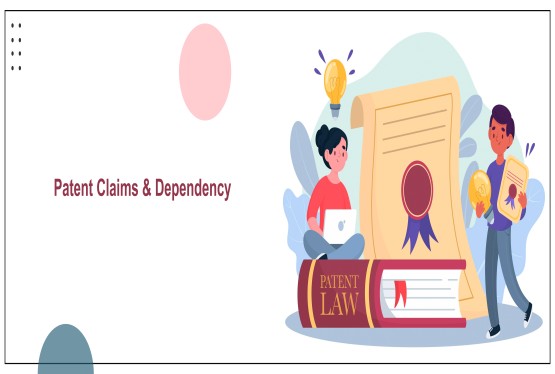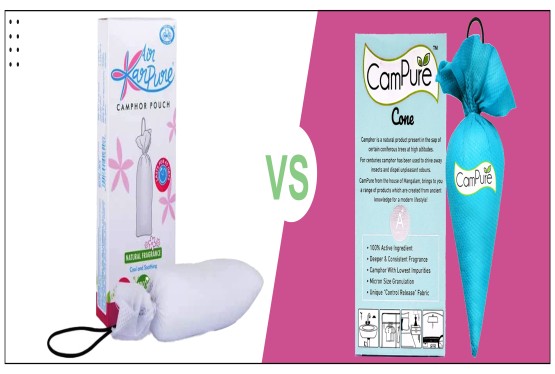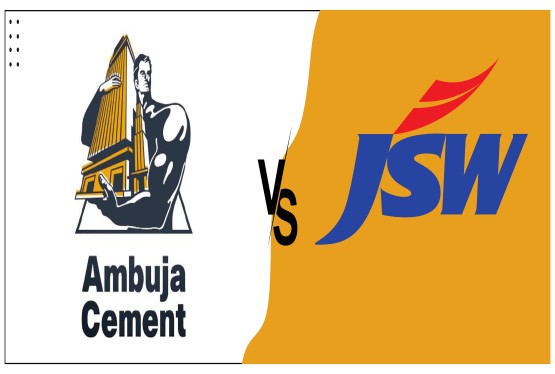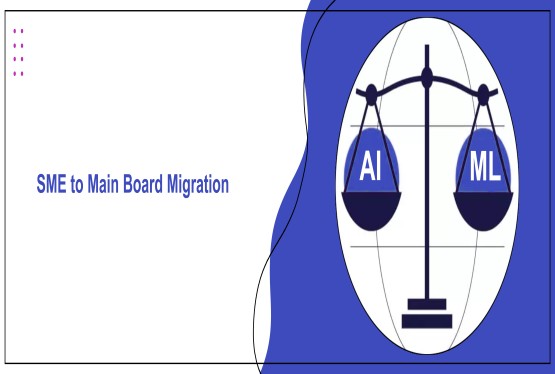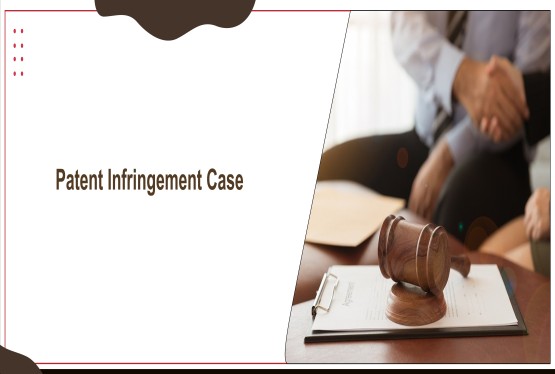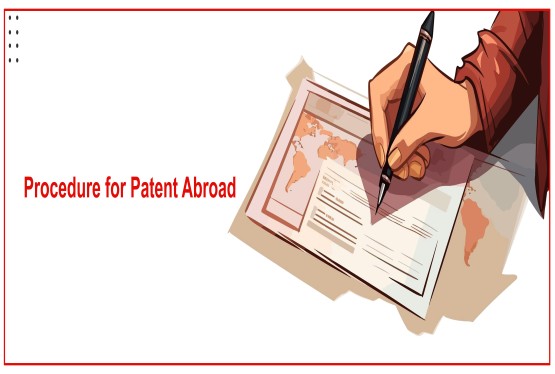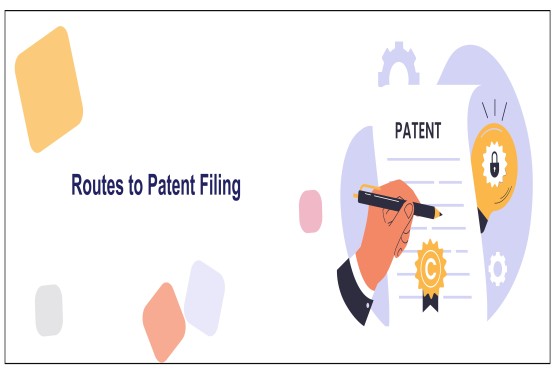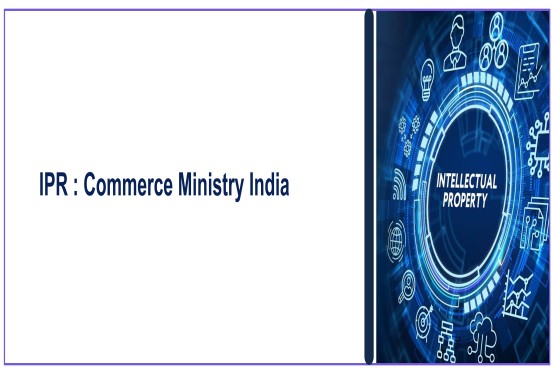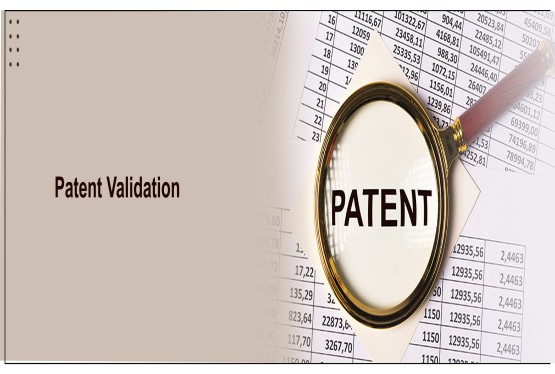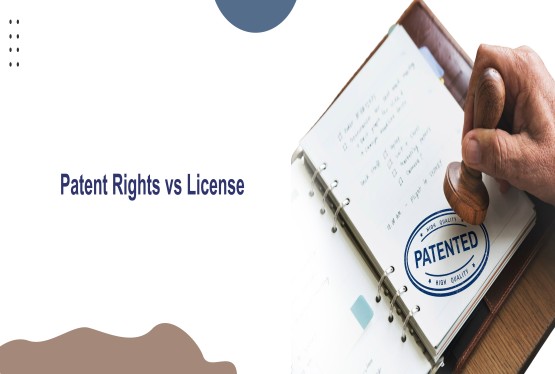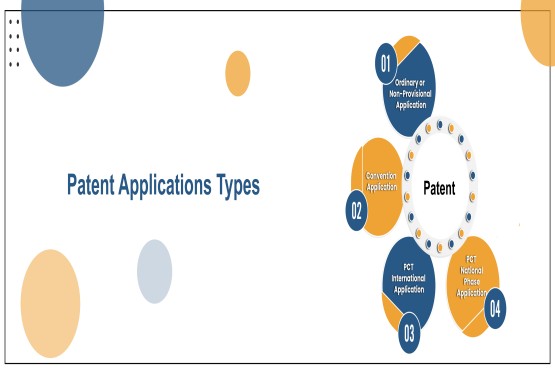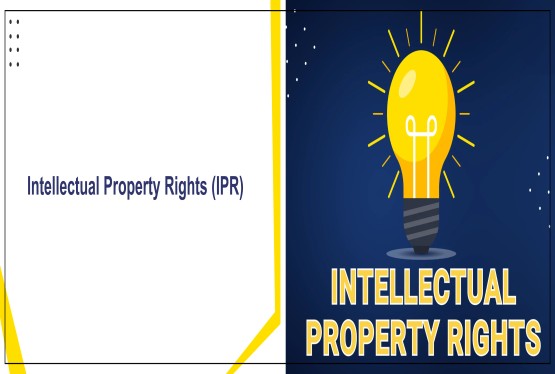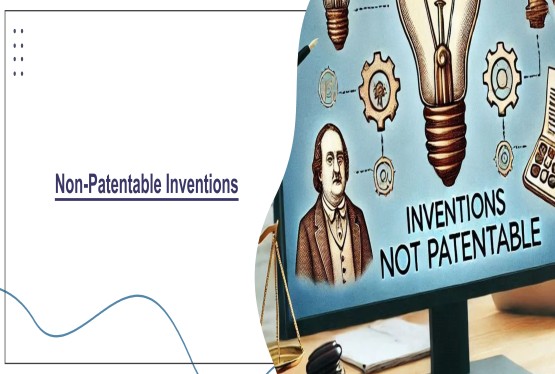Trademarks are critical assets in the field of intellectual property (IP), enabling businesses to distinguish their goods and services from competitors. However, the trademark ecosystem presents numerous legal challenges, spanning trademark registration, enforcement, and maintenance.
Trademark Registration: Challenges and Complexities
Trademark registration forms the foundation of acquiring exclusive rights over a mark. The process involves submitting an application to the appropriate authority, such as the Controller General of Patents, Designs, and Trademarks in India, under the Trade Marks Act, 1999. Despite its importance, several challenges frequently arise, such as:
1. Similarity with Existing Marks: The most common issue is the resemblance between the applicant’s mark and a previously registered trademark, leading to objections or opposition.
2. Descriptive or Generic Marks: Marks that describe the goods or services they represent, or are deemed generic, often face rejection.
3. Lack of Distinctiveness: A mark must uniquely identify the associated goods or services. Failure to demonstrate distinctiveness can lead to rejection.
Case Law: Cadila Health Care Ltd. v. Cadila Pharmaceuticals Ltd. (2001)
The Supreme Court of India in this case emphasized the importance of distinctiveness in trademarks and established guidelines to assess the likelihood of consumer confusion between similar marks. This case underscores the intricacies of trademark registration.
Trademark Objection and Opposition
During the registration process, a trademark objection or opposition can be raised by the registrar or third parties. These challenges typically occur on the following grounds:
1. Conflict with Prior Marks: If the proposed mark is identical or deceptively similar to an existing trademark, objections are raised.
2. Violation of Statutory Provisions: Applications may be challenged under Section 9 (absolute grounds for refusal) or Section 11 (relative grounds for refusal) of the Trade Marks Act, 1999.
3. Potential to Mislead: Marks likely to deceive or confuse consumers are subject to objections.
Practical Implications
Applicants must address objections by submitting detailed responses and evidence supporting their claims. Compliance with statutory provisions and timely responses are essential to avoid delays or rejection of the application.
Trademark Infringement: Enforcement Challenges
A registered trademark grants its owner the exclusive right to use the mark. However, trademark infringement poses significant enforcement challenges. Infringement occurs when an unauthorized entity uses a mark identical or deceptively like a registered trademark, causing consumer confusion.
Legal Framework
Section 29 of the Trade Marks Act, 1999 defines trademark infringement and provides remedies such as injunctions, damages, and an account of profits. These provisions empower trademark owners to take legal action against infringers.
Case Law: Toyota Jidosha Kabushiki Kaisha v. Prius Auto Industries Ltd. (2018)
The Supreme Court of India addressed the importance of trans-border reputation and goodwill in trademark infringement cases. The judgment required plaintiffs to establish goodwill within the relevant jurisdiction.
Challenges in Enforcement
1. Cross-Border Infringement: Enforcing trademark rights across multiple jurisdictions remains complex due to varying legal frameworks.
2. Cybersquatting: The rise of online platforms has led to domain name disputes and cybersquatting.
3. Proving Confusion: Demonstrating consumer confusion often requires substantial evidence, complicating infringement cases.
Renewal and Maintenance of Trademarks
Trademarks require periodic Trademark Renewal to remain valid. Under the Trade Marks Act, 1999, trademarks must be renewed every ten years. Failure to renew can result in the mark’s removal from the registry.
Legal Issues in Renewal
1. Missed Deadlines: Trademark owners may inadvertently fail to renew their marks, leading to potential loss of rights.
2. Third-Party Claims: Expired trademarks may attract claims from other parties, creating disputes.
3. Restoration Challenges: While restoration is possible under the Act, the process is cumbersome and requires valid reasons for the delay.
Case Law: Electrolux Ltd. v. Electrix Ltd. (1954)
This case highlighted the consequences of failing to renew a trademark and the risks associated with third-party exploitation of lapsed trademarks.
Trademark Withdrawal and Abandonment
Trademark withdrawal occurs when an applicant voluntarily withdraws their application, often due to objections or opposition. Abandonment, on the other hand, results from the applicant’s failure to respond to objections or notices within prescribed deadlines.
Legal Implications
1. Loss of Priority: Withdrawal or abandonment results in the loss of priority, potentially enabling others to register similar marks.
2. Impact on Branding: Losing a trademark can affect the business’s identity and branding efforts.
3. Re-Filing Challenges: Re-applying for an abandoned mark often faces additional scrutiny.
Case Law: Milment Oftho Industries v. Allergan Inc. (2004)
This case emphasizes the importance of diligence in managing trademark applications. Trademark owners cannot simply file an application and expect indefinite protection without actively pursuing it. Inaction can lead to abandonment of rights, potentially allowing third parties to secure similar marks. This case serves as a reminder for trademark owners to actively manage their applications to avoid potential abandonment and maintain strong trademark protection.
Addressing Legal Challenges: Practical Recommendations
To mitigate legal challenges in trademarks, businesses should adopt the following strategies:
1. Conduct Thorough Searches: Perform comprehensive searches to identify potential conflicts with existing trademarks before filing an application.
2. Ensure Compliance: Maintain strict adherence to statutory requirements and provide clear documentation to support applications.
3. Monitor Activity: Regularly monitor the market and trademark registry for potential infringements or conflicting filings.
4. Renew Timely: Set reminders for renewal deadlines to maintain trademark rights.
5. Seek Legal Advice: Engage legal experts to navigate objections, oppositions, and enforcement actions effectively.
Conclusion
Trademarks face a variety of legal challenges throughout their lifecycle, from trademark registration to trademark objection, trademark infringement, renewal, and trademark withdrawal. The Trade Marks Act, 1999 and relevant case laws provide a robust legal framework to address these issues. However, proactive strategies and due diligence are essential for businesses to protect their trademarks, ensure compliance, and maintain their competitive edge in the marketplace.
FAQs
Q1. What are the most common challenges faced during trademark registration in India?
Ans. Several hurdles often arise during trademark registration in India. One of the most frequent challenges involves the similarity of the applicant's mark to existing registered trademarks, which can lead to objections or oppositions. Additionally, marks that are merely descriptive of the goods or services they represent or are considered generic may face rejection. Furthermore, a trademark must possess a unique quality to effectively identify the source of goods or services. Failure to demonstrate this distinctiveness can result in the application being denied.
Q2. What are the key grounds for trademark objections and oppositions?
Ans. Trademark objections and oppositions can arise on several grounds. Firstly, if the proposed mark is identical or deceptively similar to an existing registered trademark, objections are likely to be raised. Secondly, applications may be challenged if they violate the provisions of the Trade Marks Act, 1999, specifically Sections 9 (absolute grounds for refusal) and 11 (relative grounds for refusal). Finally, marks that have the potential to deceive or confuse consumers are also subject to objections.
Q3. How can businesses address the challenge of cross-border trademark infringement?
Ans. Addressing cross-border trademark infringement requires a multi-faceted approach. Businesses can consider registering their trademarks in key international markets to establish legal protection and facilitate enforcement efforts. Collaborating with legal counsel in different jurisdictions is crucial to navigate the complexities of local laws and enforcement procedures. Furthermore, continuous monitoring of online and offline marketplaces for potential infringements is essential, coupled with swift action to enforce trademark rights when necessary.
Q4. What are the consequences of failing to renew a trademark?
Ans. Failure to renew a trademark within the prescribed timeframe can have significant consequences. Primarily, it can lead to the loss of exclusive rights over the mark, allowing others to potentially use it. This can also open the door for third parties to exploit the lapsed trademark, potentially causing harm to the original owner's reputation and goodwill. While restoration of a lapsed trademark is possible, the process can be complex and may not always be successful.
Q5. How can businesses minimize the risk of trademark abandonment?
Ans. To minimize the risk of trademark abandonment, businesses must actively pursue their trademark applications. This includes diligently responding to objections and notices within the specified deadlines. Regular monitoring of the status of trademark applications is crucial to ensure timely progress and address any potential issues. Seeking guidance from experienced trademark attorneys can provide valuable insights and assistance in navigating the complexities of the application process and ensuring compliance with legal requirements.






























_(b)_of_the_Trademark_Act,_1999_(1)_crop10_thumb.jpg)



_crop10_thumb.jpg)




























_crop10_thumb.jpg)
_crop10_thumb.jpg)






_crop10_thumb.jpg)








_crop10_thumb.jpg)



_crop10_thumb.jpg)





























_crop10_thumb.jpg)

















_crop10_thumb.jpg)






_crop10_thumb.jpg)











































































































































_crop10_thumb.jpg)




































_crop10_thumb.jpg)












_crop10_thumb.jpg)













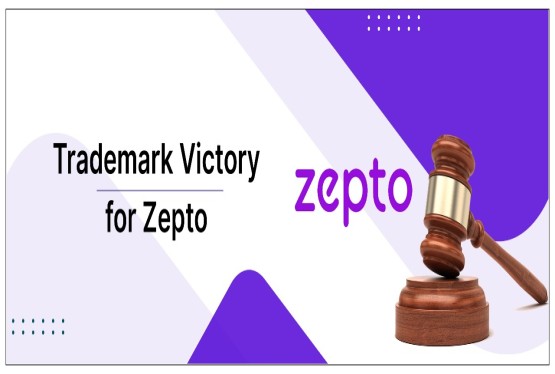




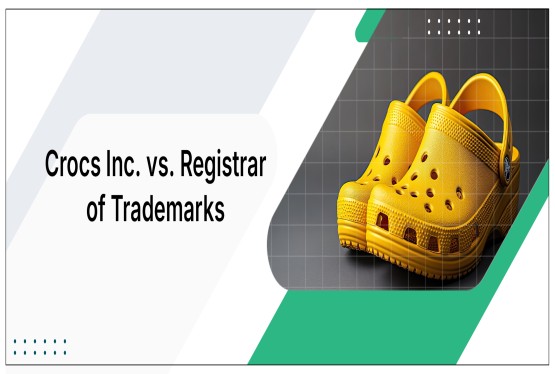















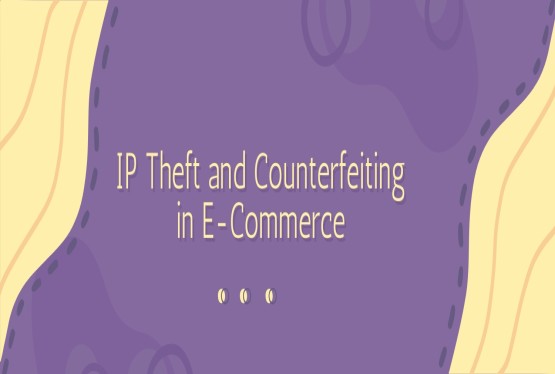












_crop10_thumb.jpg)






